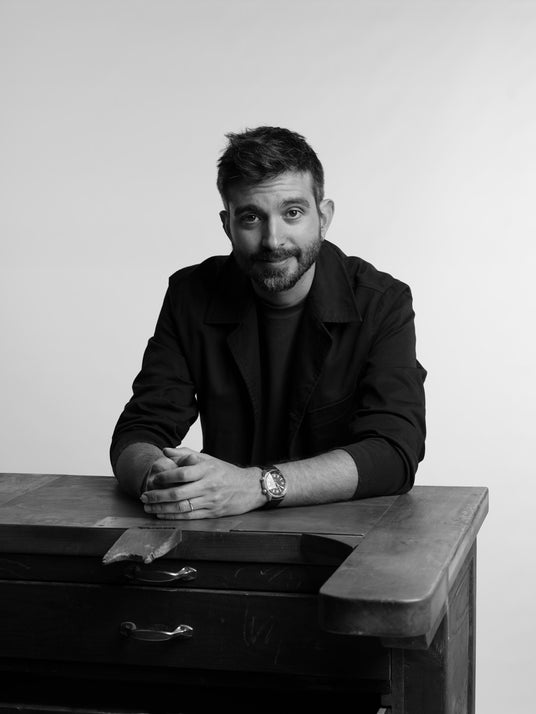Botswana is a country in southern Africa, a landlocked country dominated by the stunning Kalahari Desert, which covers 70% of the territory. In colonial times, in the 19th century, it was a protectorate of the British Empire, until its independence in 1966. At that time, Botswana was one of the 25 poorest countries in the world.
And what does Botswana have to do with Roosik & Co, you must be wondering ...? Well, frankly a lot, because Botswana is also one of the world's leading producers of natural diamonds, the gemstone most prized by gemologists for its unparalleled brilliance and hardness. This industry has been key to the socio-economic progress of countries such as Botswana because it has made it possible to finance public education and health - the literacy rate is now 87% - and access to electricity and clean water. 90% of households. In 2003, Botswana adhered to the Kimberley Certification, established by a United Nations resolution guaranteeing that natural diamonds have not been sold to finance civil wars and are not obtained through human rights abuses of the involved persons.

We are talking about natural diamonds and there are also synthetic diamonds. The high price of this stone has encouraged the search for methods to synthesize it in a laboratory since 1950. As is usual in similar processes, the technique has been perfected and continues to improve year after year, thus allowing a gradual reduction in production costs and energy expenditure needed. This is good news, because synthetic diamonds make it possible to democratize a stone that is not traditionally available to everyone. In addition, just as the extraction of natural diamonds has been imposing techniques that help to reduce the energy resources it needs, the synthetic diamond industry is also doing so, in a process that also tends to gain in responsibility for the sustainability of production processes and, ultimately, for the conservation of the planet.

That's why at Roosik & Co we continue to work with natural diamonds. And also because our commitment is not only to environmental sustainability, but to sustainability and social dignity in countries like Botswana, which, no matter how far away, are part of our own human community.
Do you want to learn more?

